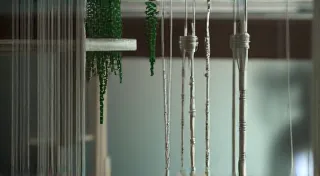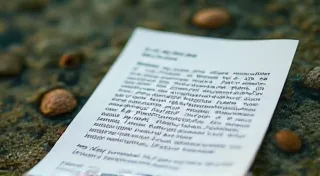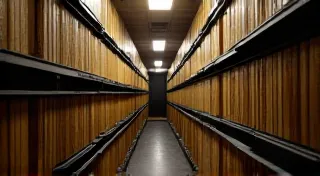The Collector’s Covenant: Long-Term Map Archival Storage Best Practices
There’s a quiet dignity to an antique map. It isn't merely parchment or paper; it’s a time capsule, a window onto a world painstakingly rendered by hand. Imagine the cartographer, hunched over a table, meticulously transferring observations onto the sheet – a world of wind-swept coastlines, imagined lands, and the ambition of exploration. These weren't casually drawn documents; they were investments, testaments to knowledge, and objects of immense pride. We, as collectors and custodians, inherit that pride, and with it, a solemn responsibility to ensure their survival.
I recall my grandfather, a passionate but untrained collector, storing his maps rolled up in dusty cardboard tubes. He loved them, truly, but his methods, well-intentioned as they were, ultimately caused irreversible damage – foxing, tears, and a general fragility that made handling them a perilous undertaking. Seeing those beautiful pieces crumble despite his love was a powerful lesson for me: appreciation without proper care is a bittersweet thing.
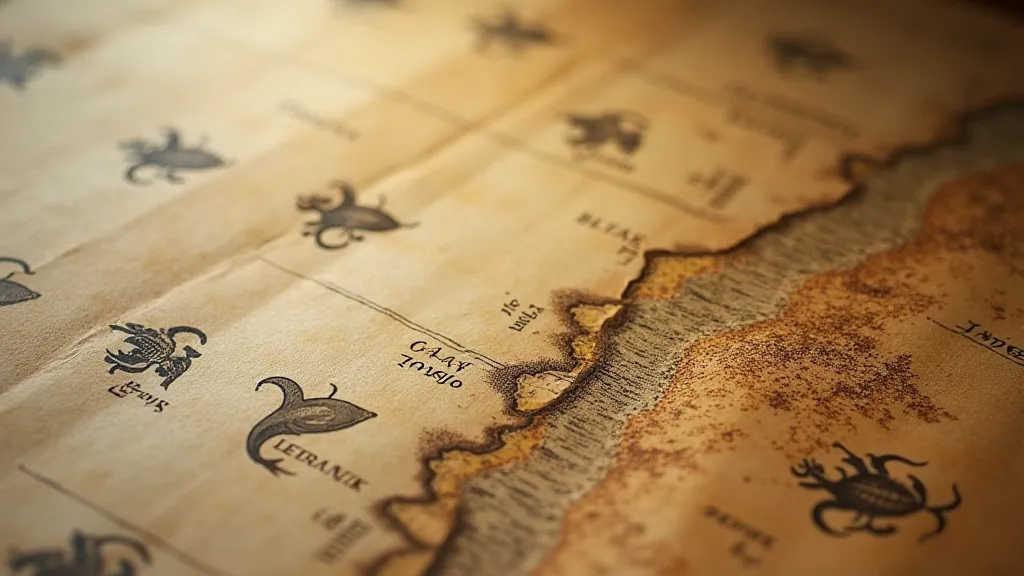
The Enemy Within: Understanding Degradation
Before delving into archival best practices, it's crucial to understand what threatens antique maps. Paper, inherently organic, is susceptible to a host of environmental aggressors. Light, particularly ultraviolet light, causes fading and embrittlement. Humidity fluctuations encourage mold growth and paper distortion. Acidic environments, often caused by poor-quality paper or acidic storage materials, accelerate deterioration. Pests, too, find paper a tasty snack. Finally, improper handling is a common culprit – fingerprints leave oils, and creases and tears are easily introduced.
Creating the Ideal Environment: Temperature and Humidity
The cornerstone of long-term preservation lies in environmental control. The gold standard is a stable, cool, and dry environment. Ideal temperature ranges fall between 65-70°F (18-21°C), with relative humidity consistently maintained between 45-55%. Fluctuations are far more damaging than slight deviations from these ranges. Think of it like this: wood expands and contracts with humidity; so too does paper, but its reaction is far less visible until it’s too late.
Achieving this level of control isn't always feasible, especially for those with limited space or resources. However, even small steps can make a significant difference. Avoid storing maps in attics, basements, or near windows – these areas are prone to temperature and humidity extremes. Consider using a dehumidifier in humid climates and a humidifier in dry climates, closely monitoring conditions with a reliable hygrometer.
Archival-Quality Storage Materials: The Foundation of Protection
The materials used for storage are just as vital as the environment. Forget acidic cardboard and rubber bands! These are the enemies of preservation. Instead, opt for archival-quality materials that are acid-free, lignin-free, and buffered. Buffered paper provides a stable alkaline environment that neutralizes acids migrating from the map itself.
For flat storage, use acid-free folders, sleeves, and boxes. Mylar polyester sleeves provide excellent physical protection and allow for easy viewing. For rolled storage, archival-quality tissue paper should be used to protect the surface of the map and prevent it from sticking to itself.
The Art of Flat vs. Rolled Storage: A Delicate Balance
The choice between flat and rolled storage depends on the map's size, condition, and value. Flat storage is generally preferred as it minimizes the risk of creases and tears. However, very large maps can be difficult to store flat, and rolling them carefully can be a viable alternative.
When rolling, ensure the map is thoroughly supported with layers of archival tissue paper. Roll the map tightly and evenly, avoiding any pressure points. The tissue paper acts as a buffer against the rolling tension and helps to maintain the map's shape.
Ultimately, the decision needs to be made on a map-by-map basis; there is no one-size-fits-all solution. Consider consulting with a professional conservator for guidance on the best storage method for particularly valuable or fragile maps.
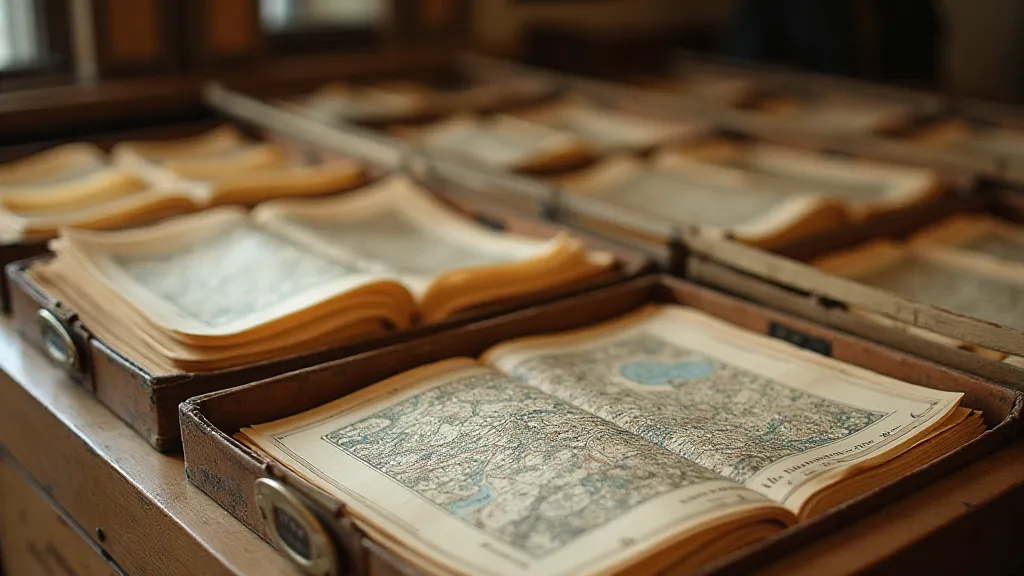
Handling with Care: A Collector’s Pledge
Even with the best storage conditions, improper handling can compromise a map's longevity. Always handle maps with clean, dry hands. Consider wearing cotton gloves to prevent the transfer of oils and dirt. Support the map fully when handling, avoiding any stress on the paper. Do not write on, fold, or mark the map in any way. If you need to display a map, use acid-free mounting materials and avoid direct sunlight or UV light exposure. Digital surrogates are increasingly valuable; display high-resolution scans instead of the original whenever possible.
Map Dating Methods: A Glimpse into the Past
Understanding the historical context of a map is crucial for its long-term preservation. Knowing when a map was created allows for more accurate assessments of its condition and potential deterioration factors. Cartographic dating involves examining various elements, including the style of cartography, the depiction of geographic features, the presence of place names, and the cartographer's signature or markings. While complex and requiring expertise, these methods can shed light on a map's provenance and significance.
Folding Techniques and Repairs: A Conservator’s Expertise
Original folding patterns often contribute to a map's aesthetic value. However, brittle or damaged folds can weaken the paper and contribute to tears. Careful documentation of the original folding pattern is essential. Minor repairs, such as mending small tears or reinforcing weak areas, can be performed by a skilled paper conservator. However, more extensive restoration should only be undertaken by a professional, as improper techniques can cause irreversible damage.
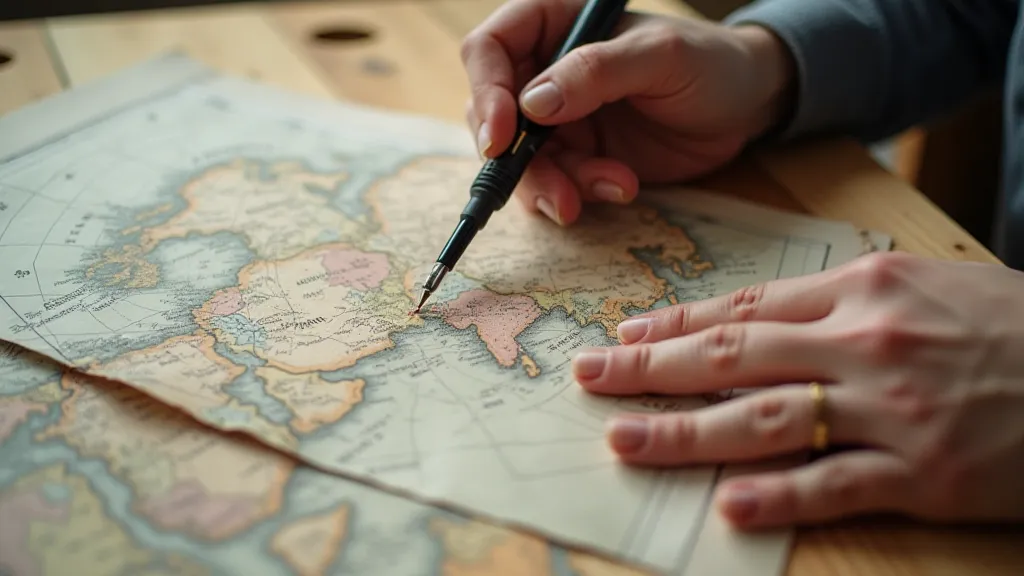
A Legacy for Generations: The Collector's Responsibility
The collector’s covenant isn’s simply about acquiring beautiful objects; it’s about safeguarding them for future generations. By adhering to these archival best practices, we honor the cartographer's skill, the explorer's ambition, and the historical significance of these remarkable documents. It's a quiet but profound act of stewardship – ensuring that these windows into the past remain open, inviting future generations to marvel at the world as it once was.

